"Samson - Plate With The Arms Of France In The Taste Of The East India Company - XIXth Century"
plate in the style of the company of India decorated in the center of the coat of arms with the arms of France surrounded by the necklace of the orders of Saint-Michel and the Holy Spirit - Samson Manufacture - XIXth centuryThe great trend of armored table services developed between 1710 and 1720. To follow the fashion, Louis XV ordered the French East India Company a table service with the arms of France on June 2, 1738. The production was longer than expected and the two vessels the Condé and the Duke of Chartres approached Lorient on July 25, 1740. Louis XV probably received his service during the following month. In the absence of the Command memory, the exact composition remains unknown. An imported service generally consisted of between one hundred and twelve and one hundred and twenty-two pieces. These pieces were placed on the royal table during suppers in the cabinets of Louis XV, before being dethroned in 1753 by the celestial blue service delivered by my factory in Vincennes.
The Samson "Manufacture of Porcelain, Earthenware and Terracotta" (four generations) is the best example, in the field of fire arts, of the interest brought to the styles of the past in the 19th century and in the first half of the 20th. , the 18th century like the Middle Ages or the Renaissance, and for all the exotic, Spain like Saxony or China. With a very rich, varied and excellent quality production, the Samsons were geniuses of imitation and the best reproducers of old pieces in ceramic art. Edmé Samson (1810-1891), painter and decorator on ceramic established in 1845 at n ° 7 rue Vendôme in Paris, bought his whites, in other words undecorated porcelain, from various Parisian factories. His son Emile (1837-1913) who succeeded him, began to make reproductions of old porcelain. Present at the Exhibition of Fine Arts Applied to Industry in 1863, Emile Samson was particularly noted for his porcelains imitating "Old Japan". In 1864 he installed a factory in Montreuil-sous-Bois, near Paris and had great success at the Universal Exhibition in Paris in 1867 with his imitations of Saxony, China and Japan, all considered to be of very good quality. At the Universal Exhibition of 1889, Samson & Cie was renowned for being specialized in large pieces both in earthenware and porcelain, whose models came from the largest French and foreign museums, such as the Louvre Museum or the Victoria & Albert Museum in London. Emile joined forces in 1891 with his son Léon (1868-1928), under the name of Samson & Fils, who gave a large extension to the factory, employing a large number of workers and decorators. In addition to making and decorating these porcelains, the Samson factory also had a bronze workshop for their superb mounts. In general, the Samson are marked with a monogram which shows the S of the porcelain maker, adapted in various ways.



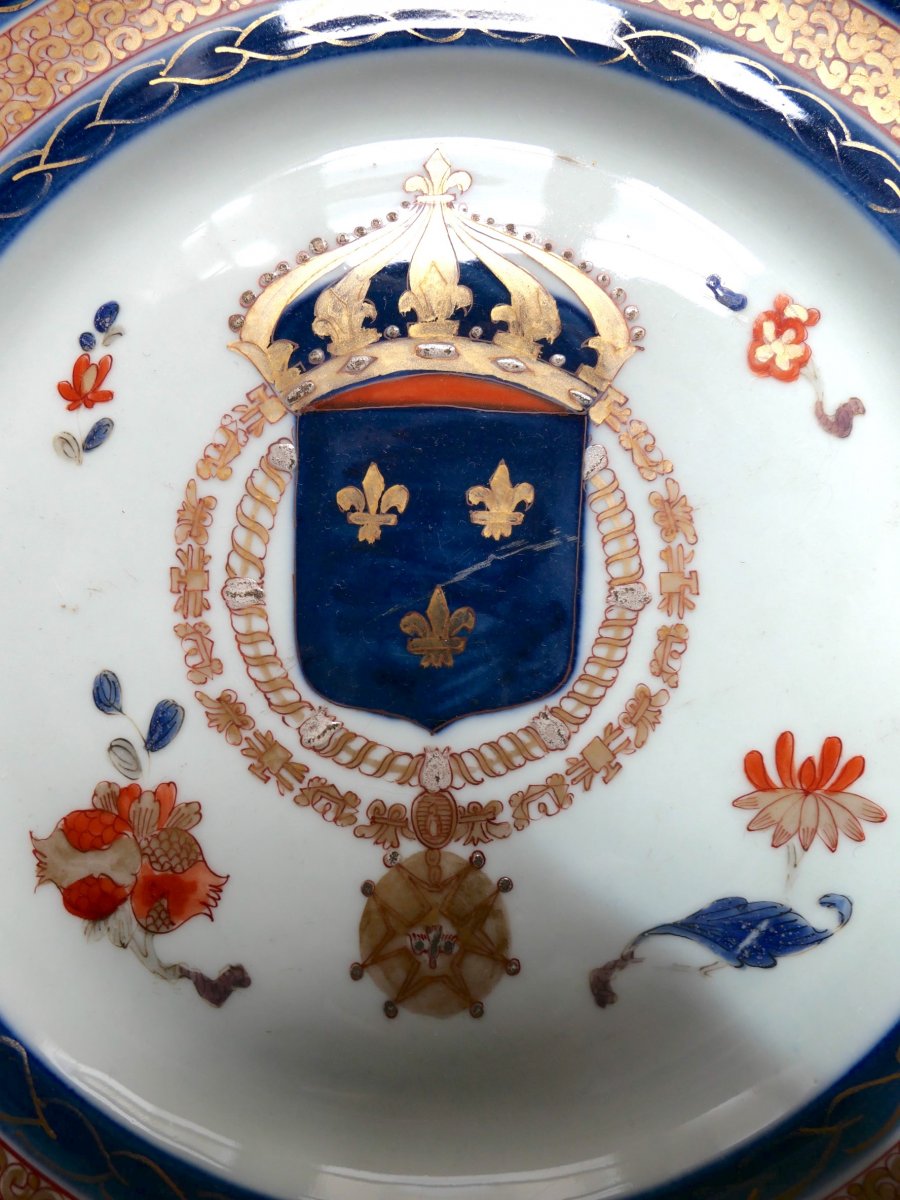
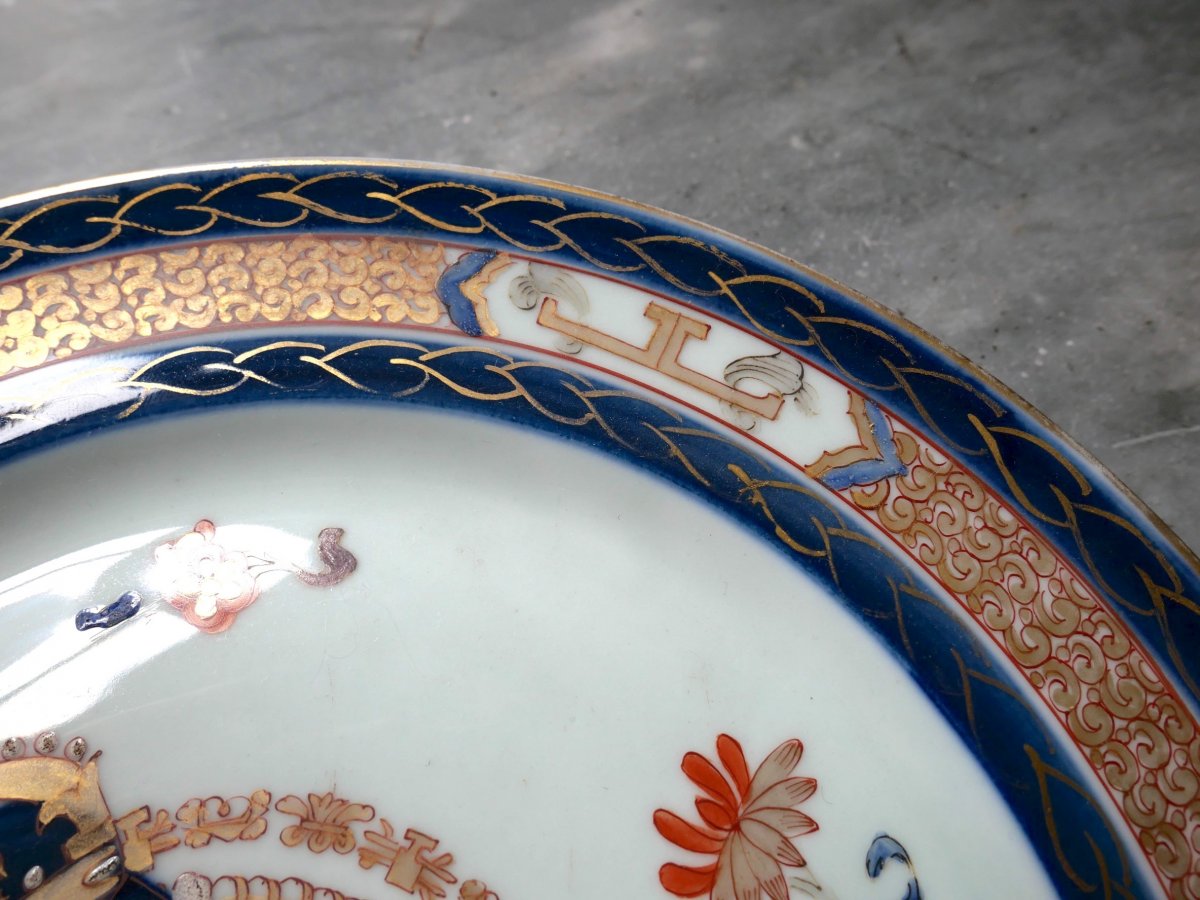




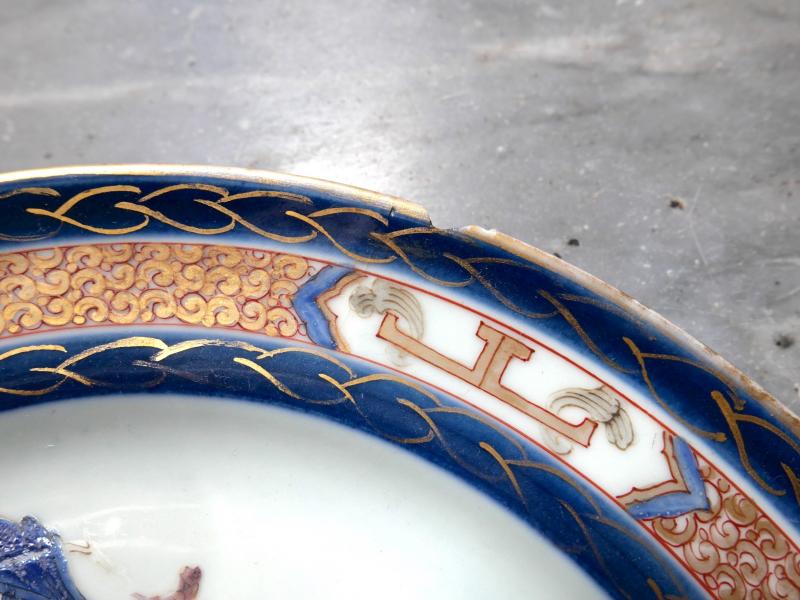



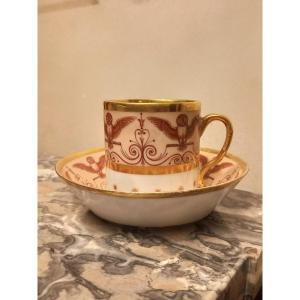
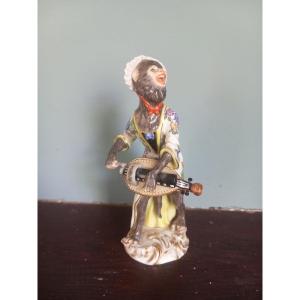
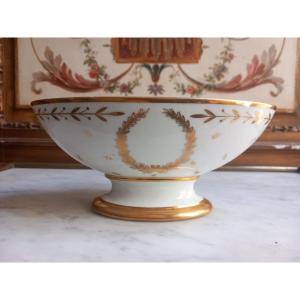
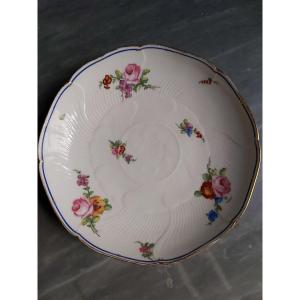

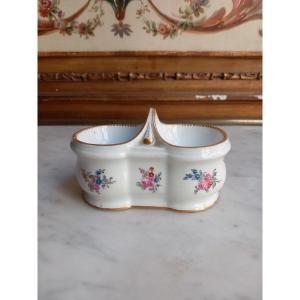
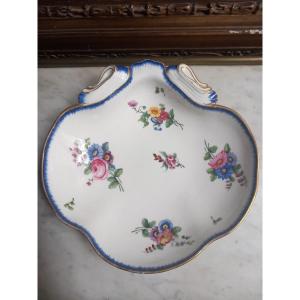
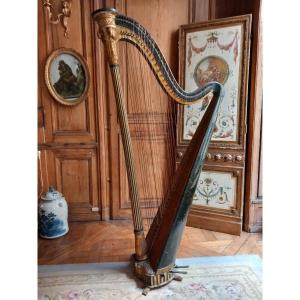
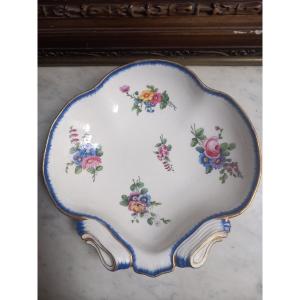
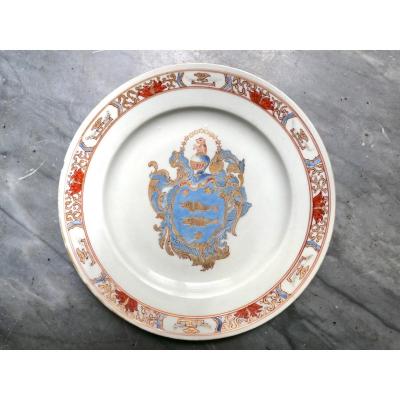
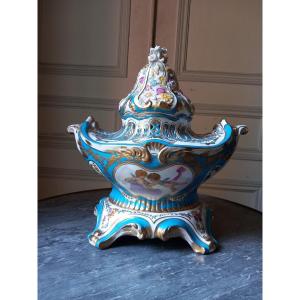
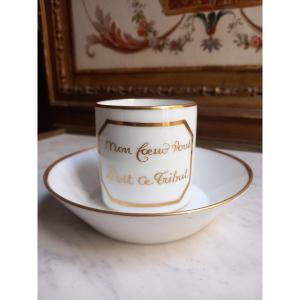
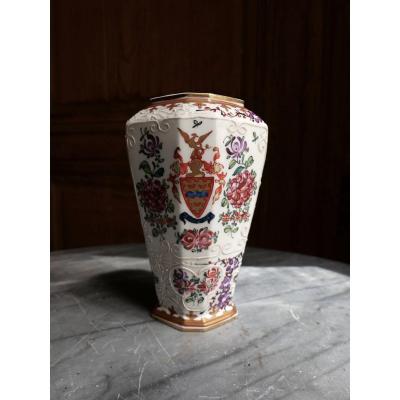
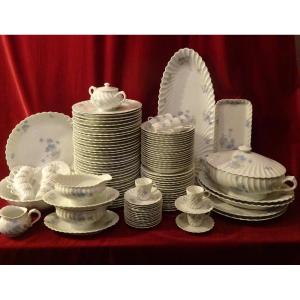

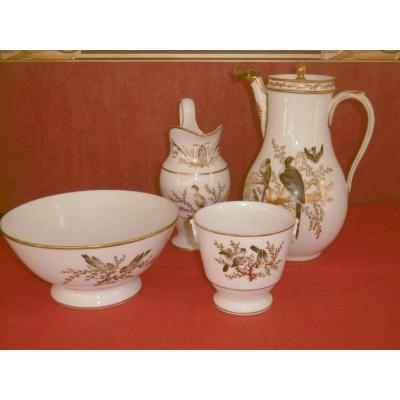
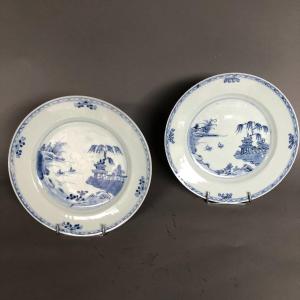
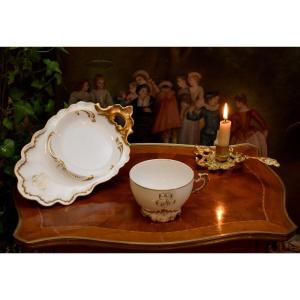




 Le Magazine
Le Magazine Rivista Artiquariato
Rivista Artiquariato TRÉSORS magazine
TRÉSORS magazine